*** Proof of Product ***

Exploring the Essential Features of “America and the New Global Economy – Timothy Taylor”
America and the New Global Economy
Discover how the world economy has changed in the last 50 years with this course that explains how the economies of each major region of the world have developed.
LECTURE
01:The World Economy since 1950
Explore the roots of globalization in the 1950s and the birth of modern globalization owing to three key factors: the development of new institutions, increased national commitments to globalization, and revolutions in transportation and communication technologies.
32 min
02:The U.S. in the World Economy-1960 to 1995
Revisit the golden years of U.S. economic growth in the 1960s, the dismal series of recessions that wracked the 1970s, and the budget deficits and fears of economic globalization that intensified in the 1980s.
32 min
03:The U.S. Economy Resurgent?
Around 1995, the U.S. economy witnessed a surge in productivity growth because of booms in the information technology industry. Take a macroeconomic look at the American economy in the second half of the 1990s and look ahead to see where our economy might be in the next few decades.
30 min
04:Europe-From Catch-Up to Jobless Growth
Follow the remarkable story of how European economies, fractured by the devastation of World War II, rebuilt in a few decades through two forms of growth: catch-up growth in the 1950s and 1960s, and jobless growth through investment from the early 1970s to the mid-1990s.
30 min
05:The Single European Market
Examine how modern Europe and the European Union have dealt with high productivity and unemployment rates, and trace economic integration through the “single market project” over the last two decades.
30 min
06:The Rise of the Euro
Perhaps the biggest symbol of an economically unified Europe is the euro. Professor Taylor explains the economic theory of the euro, reviews the euro’s origins, and explores the possibility of the euro replacing the U.S. dollar as the main currency for international transactions and finance.
30 min
07:The Economy of the Soviet Union
Focus on the Soviet economic model from the 1930s until its dissolution in the early 1990s. Analyze how Soviet economic planning works, what made it seem to be an attractive economic model, and why it failed.
29 min
08:Transitions from Communism to Markets
In 1991, with the collapse of Communism in Eastern Europe, the Soviet Union began moving from central economic planning toward a more market-oriented economy. Track the forces that made this transition so difficult and the possible trajectory for Russia’s transition economy.
31 min
09:Japan’s Economic Miracle
Investigate Japan’s startling economic growth from the 1960s to the 1980s-not necessarily by a new economic model but by more important factors like education, investment, technology, and tough competitors in world markets.
31 min
10:When Japan’s Bubble Economy Burst
After the boom of the 1980s, Japan’s economic bubble burst, resulting in a stagnant economic performance that continues to this day. See the reasons for this stagnation and explore the various policies that could help Japan’s economy move forward.
32 min
11:Government versus Market in East Asia
Focus on the near-miraculous economic performances between the 1970s and the 1990s of the newly industrializing economies of the East Asian “tigers”: Hong Kong, the Republic of Korea, Singapore, Taiwan, Indonesia, Malaysia, and Thailand.
32 min
12:East Asia’s Tigers-Restore the Roar?
What led to the economic crisis that shocked the “tigers” in 1997-1998? Follow the sequence of this economic implosion, look at how a repeat crash can be prevented, and ponder whether the East Asian economic model has reached its limits.
32 min
13:China’s Gradualist Economic Reforms
In 1978, after a period of social chaos and economic stagnation, China began a series of market-oriented economic reforms that may have started China on a path to becoming the world’s largest economy.
31 min
14:China’s Challenges for Continued Growth
Can China’s growth continue? Explore the effects of China’s high rates of investment and national savings, the ways China can rebalance its growth, and how long it will be before China becomes the largest economy.
32 min
15:India and the License Raj
Chart the history of India’s economy through its rather lackluster growth from independence in 1947 through the 1980s and its current status as an increasingly major player in the global economy
31 min
16:India’s Turn toward Market Economics
India’s economic reforms in 1991 opened the country up to international trade, limited public-sector monopolies, and allowed for more foreign investment. In addition to exploring India’s agenda for continued reform, ponder whether India’s economic inequality will allow for balanced growth.
32 min
17:Inherited Institutions in the Middle East
Almost 900 years ago, the Middle East was one of the highest-income areas of the world, yet it has a per-capita GDP of about one-sixth that of the United States. Discover how economic policies related to traditional Islamic law possibly contributed to the loss of the region’s economic lead.
33 min
18:The Curse of Oil Wealth in the Middle East
The Middle East is the world’s largest exporter of crude oil, but its economies and standards of living have not surged since the 1970s. Investigate some of the economic theories behind why oil resources have done less than expected to increase the region’s prosperity.
29 min
19:Africa’s Geography and History
Sub-Saharan Africa has been the slowest-growing and lowest-income part of the global economy since the Industrial Revolution, with a per-capita GDP one-twentieth that of high-income countries. Look at how the region’s geography and climate affect its economic development.
30 min
20:Time for Optimism on Africa?
Explore Africa’s economic situation and learn how Africa can overcome challenges like underdeveloped energy resources, a lack of transportation routes, and the need for tax and agricultural reform.
33 min
21:Latin America and Import Substitution
The economic potential of Latin America is quite substantial and deserves to attract American business and government attention. Focus on its import substitution industrialization policies from the 1950s to the 1970s, as well as the problems that arose with foreign debt and hyperinflation in the 1980s.
31 min
22:Markets or Populism in Latin America?
Explore a few key elements of the market-oriented reforms of the 1990s. Then, follow three perspectives on these reforms: the cases for additional reform effort, for slowing or reversing the reforms, and for the earlier reforms’ irrelevance.
32 min
23:Globalization in Goods and Services
Explore the major themes in the globalization of goods and services, including how far globalization has progressed, how increased trade helps bring about prosperity, and the prospects for rising levels of trade in goods and services.
32 min
24:Globalization of Capital Flows
The globalization of finance can offer great benefits to the world economy. Demystify the mysterious subject of international capital flows by looking closely at the dangers and benefits of globalized financial markets.
32 min
25:The Foreign Exchange Market
Investigate the costs and benefits behind three broad sets of policies-floating exchange rates, fixed exchange rates, and soft-peg exchange rates-designed to counteract market volatility.
30 min
26:Migration-Senders and Recipients
Explore the effects of international migration on the economic gains and losses of the immigrants, the countries receiving the immigrants, and the countries sending the immigrants. Also, consider the economic ramifications of various immigration policies like border fences and temporary worker programs.
31 min
27:Global Population Growth
Fears of overpopulation have been with us since the 18th-century arguments of economist Thomas Malthus. Look closely at current and future patterns in world population growth, along with their consequences on social habits, food shortages, resource exhaustion, and pollution.
31 min
28:World Poverty-Growth or Redistribution?
By 2004, about one-fifth of the world population was considered poor. Analyze how global poverty levels are calculated and how poverty can be combated at macroeconomic and microeconomic levels.
31 min
29:Global Food Markets-The Supply-Demand Race
Learn the role that factors such as rising prices and soaring demand play in perpetuating world hunger, as well as the possible policy responses from both low-income and high-income countries.
30 min
30:An Urbanizing World
Explore the connection between economic growth and urbanization, patterns of urbanization in the world’s megacities, the gains and costs of agglomeration (economic activity concentrated in a certain location), and urban issues facing new megacities in low-income countries.
31 min
31:Women in the Global Economy
Equality for women in health, education, the workplace, and politics leads to faster economic growth. Examine the recent statistics about women’s roles in the global economy, focusing on low-income countries-where discrimination tends to be greatest.
30 min
32:Improving Governance, Fighting Corruption
Governments may make up to $1 trillion every year from corrupt business practices like embezzlement and unfair dealing. But do better governance and lower corruption help economic growth?
31 min
33:Foreign Aid-Promises and Limits
Reconcile aid’s successes and failures, explore new avenues for maximizing its effectiveness, and consider whether, in the long run, fostering economic growth would better raise the standard of living.
31 min
34:The Multilaterals-World Bank, IMF, WTO
Focus on these international economic agencies and the effects of globalization on their missions: the World Bank (which provides loans to countries needing capital), the International Monetary Fund (which intervenes during international financial crises), and the World Trade Organization (which reduces barriers to trade).
31 min
35:The Economics of Global Climate Change
Follow the scientific argument for climate change, the problems of valuing the costs and benefits of addressing the issue, and the potential shape of effective climate change policy.
32 min
36:Globalization and Convergence
Conclude with a look at America’s role as the central hub of globalization, the possibility of continued globalization leading to polarization or convergence, and the potential future of our global economy.
33 min
DETAILS
Overview
Join expert economist and award-winning Professor Timothy Taylor as he takes you through the last 50 years of world economic history. In the 36 lectures of America and the New Global Economy, travel beyond the economy of the United States and explore the recent history of economies in countries and regions such as China, India, the Middle East, and Latin America. Study international perspectives on the new global economy, focus on important economic issues ranging from international labor flows to population growth, and develop a deeper understanding of our increasingly interconnected economic world&;amp;-and America’s role within it.
About
Timothy Taylor
My wife says that I am an evangelist, with economics as my religion. I’m not sure this is altogether a good thing! But maybe it explains my enthusiasm for prepping and giving these lectures.
Professor Timothy Taylor is Managing Editor of the prominent Journal of Economic Perspectives, published by the American Economic Association. He earned his Master’s degree in Economics from Stanford University.
Professor Taylor has won student-voted teaching awards for his Introductory Economics classes at Stanford University. At the University of Minnesota, he was named a Distinguished Lecturer by the Department of Economics and voted Teacher of the Year by the Master’s degree students at the Hubert H. Humphrey Institute of Public Affairs.
In 2007, Professor Taylor published the first Principles of Economics textbook, available as a free download from Freeload Press. He has also edited a wide range of books and reports and published articles on globalization, the new economy, and outsourcing. From 1989 to 1997, Professor Taylor wrote an economics opinion column for the San Jose Mercury-News.
REVIEWS
Austinn
An informative and fascinating course
The subject of global economics does not lend itself to the most accessible or far-reaching courses, but for those willing to explore this series offers a wide-spanning overview of economics, market forces, history, etc that I did not know much about and was delighted to learn.
The lecturer was knowledgeable and entertaining in his own unique way, plus he reminds me of John Candy and that makes me happy.
Shafi
Excellent, 5 Stars
Professor Taylor himself is a neverending well of knowledge, and it’s knowledge presented in a way that is clear-minded and fair. I feel like I could see his words sketching the picture of the economic issue in fine detail, and each lecture was studded with those professor jokes that are totally uncool but still make you smile.
Please see the full list of alternative group-buy courses available here: https://lunacourse.com/shop/

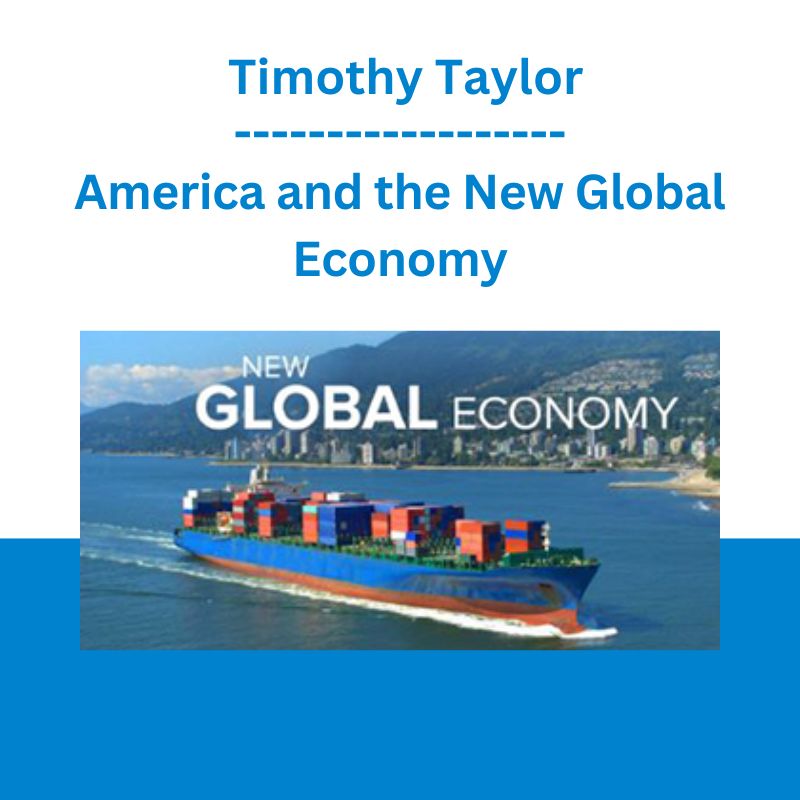


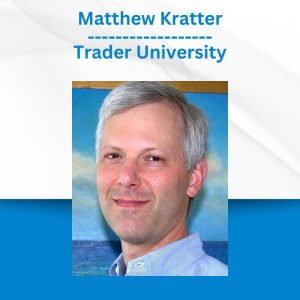


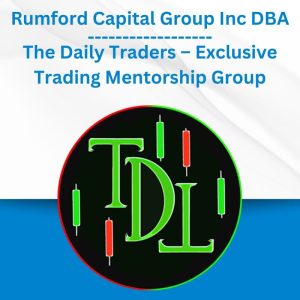

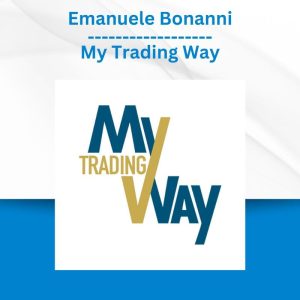
 George Fontanills & Tom Gentile - Optionetics Wealth Without Worry Course
George Fontanills & Tom Gentile - Optionetics Wealth Without Worry Course  Julie Stoian & Cathy Olson - Launch Gorgeous - Funnel Gorgeous Bundle
Julie Stoian & Cathy Olson - Launch Gorgeous - Funnel Gorgeous Bundle  Akil Stokes & Jason Graystone - TierOneTrading - Trading Edge 2019
Akil Stokes & Jason Graystone - TierOneTrading - Trading Edge 2019  Money Miracle - George Angell - Use Other Peoples Money To Make You Rich
Money Miracle - George Angell - Use Other Peoples Money To Make You Rich  Erik Banks - Alternative Risk Transfer
Erik Banks - Alternative Risk Transfer  Alphashark - The AlphaShark SV-Scalper
Alphashark - The AlphaShark SV-Scalper  Sovereign Man Confidential - Renunciation Video
Sovereign Man Confidential - Renunciation Video 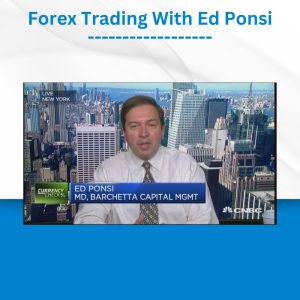 Ed Ponsi - Forex Trading
Ed Ponsi - Forex Trading  SMB - Options Training
SMB - Options Training  Toshko Raychev - Profit System + ITF Assistant
Toshko Raychev - Profit System + ITF Assistant  Racing Workshop - Complete Online Package
Racing Workshop - Complete Online Package  Greg Loehr - Advanced Option Trading With Broken Wing Butterflies
Greg Loehr - Advanced Option Trading With Broken Wing Butterflies 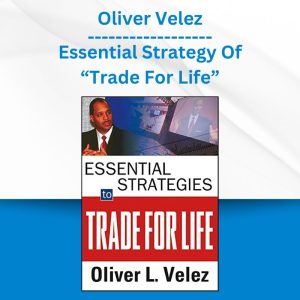 Oliver Velez - Essential Strategy Of Trade For Life
Oliver Velez - Essential Strategy Of Trade For Life  Jesse Livermore Trading System - Joe Marwood
Jesse Livermore Trading System - Joe Marwood 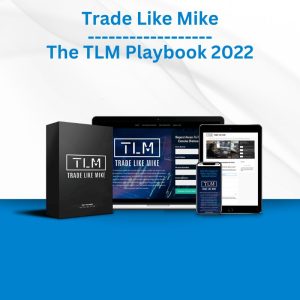 Trade Like Mike - The TLM Playbook 2022
Trade Like Mike - The TLM Playbook 2022  Dave Landry - Stock Selection Course
Dave Landry - Stock Selection Course